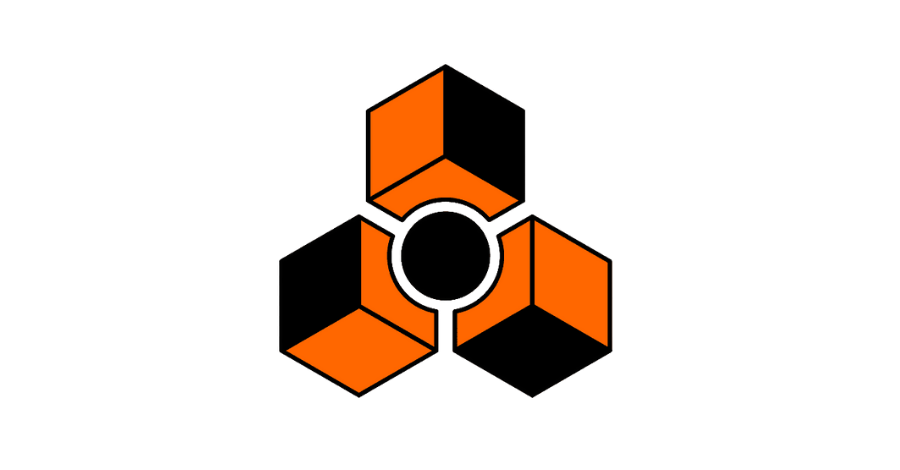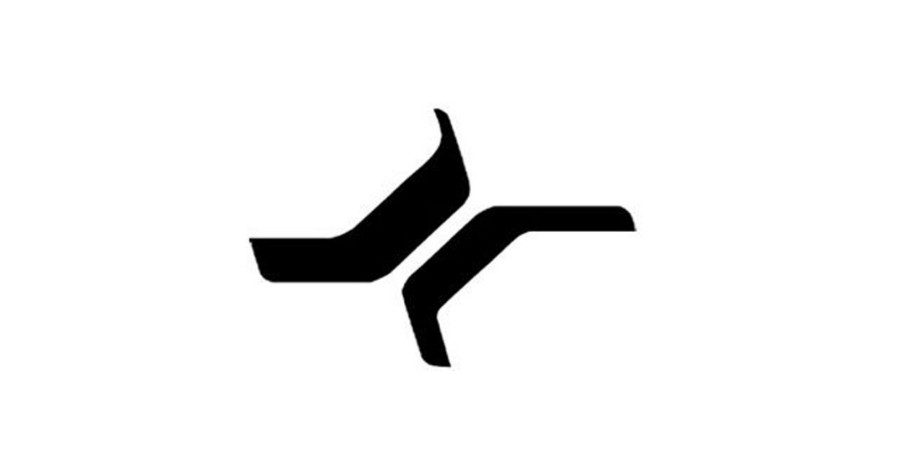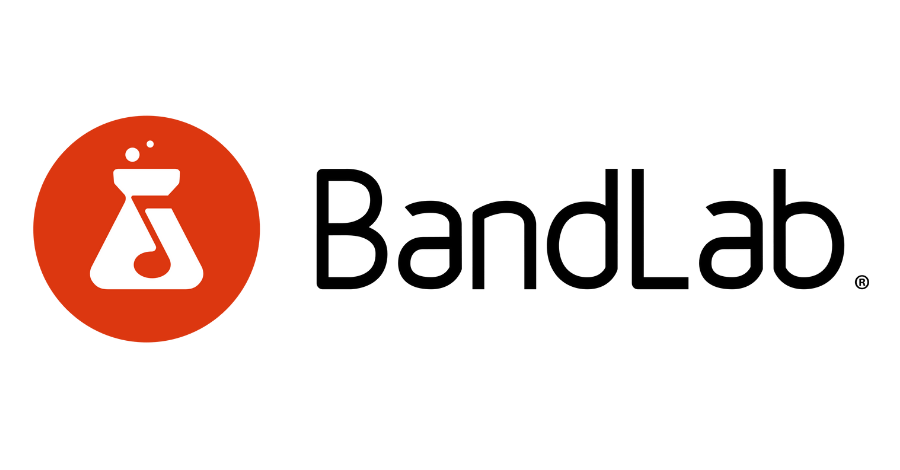What is the Best DAW? The Top Digital Audio Workstations in 2024
“All you need to paint is a few tools, a little instruction, and a vision in your mind.”
— Bob Ross
What DAW should I be using?
Which DAW is the best?
Should I make the switch from Logic to Ableton?
These are questions I get all the time...
Way too many producers think that the way they make music is the best way to do it. That seems like a strange hill to die on if you ask me and, personally, I think this is a silly way to think about music production. Producers have different needs, preferences, and have different ways of doing things – there simply isn’t a single best way to make music.
But that said, when it comes to DAWs, there are huge differences between your options. And just like how every producer has unique needs and preferences, every DAW has different features and options. And its for this reason that, and if you don't take anything else away from this article save for this next statement, I have this hot take...
There isn’t a "BEST" digital audio workstation for everyone, there is only a "BEST" DAW for you.
Because some producers need a hectic and improvisational workflow. Other producers may need a more linear approach to making beats. Some producers only want to envision a completely finished track while others like to get lost in the flow of creating. Each DAW on this list has earned its place, but all for these exact various reasons. And you're about to find out where exactly you fit in.
And everyone has something to gain from reading this. If you’re new, you need a DAW to create music, and this article will help you pick one. If you’ve been producing for a while, I have to tell you that TONS of my Hyperbits Masterclass students and producer friends have switched DAWs at some point and never looked back. Just because you have your way of making music doesn’t mean it’s the best way you could be making music.
With this article, I’m giving you a list of the absolute best DAWs out there. Depending on your needs, the best DAW for you is likely different than the best DAW for some other producers.
But first, let’s get clear on what a DAW is…
What is a DAW?
A Digital Audio Workstation is the program a producer uses to create music.
There are many DAWs out there. There are some you have to pay for, and some which are free. Some DAWs are targeted towards Mac users and others towards PC users. Some DAWs are meant for electronic production and some are optimized for recording live instruments. And they've come a long way in the past ten years alone. Old DAWs like Audacity, which didn't make my list despite the fact that Burial wrote an entire album on it, used to be powerful tools for editing and splicing audio.
The short of it is this: you have tons of options and you just need to find the one that has all the features you need and checks all of your boxes.
What makes DAWs Unique?
I’Four differentiating factors should always be taken into account when selecting a DAW, and these are the ones we'll cover in this article:
Price – DAWs vary significantly in their cost. Deciding on your budget will help narrow your options significantly.
Device Requirements – Most DAWs are meant to be used on a computer. But, some DAWs are focused on either PC or Mac users, and others are designed to be used on a smartphone or iPad. All require difference amounts of computing power, so make sure you do your research to know that the system you have can handle production.
Third-Party Plugin Support – Third-party plugins are absolutely essential to making commercially viable music. Want to learn more about some of our favorite plugins? Check out these articles about Waves Plugins, Soundtoys Plugins, and the Best Mastering Plugins.
X-Factor – Most DAWs have some sort of secret sauce feature that its users swear by. Whether it’s FL Studio’s unique sequencer layout or Ableton’s Session view, these features are often the deciding factor in picking a DAW
Top DAWs In 2024

Price: $599
Device: Mac, PC
Mac Requirements: MacOS 10.13 or later, Intel Core i5 or higher, 8GB RAM minimum
PC Requirements: Windows 10 or later, Intel Core i5 / AMD Quad-Core or higher, 8GB RAM minimum.
Third-Party Plugin Support: VST and AU
Why We Love It: Ableton Live was designed with electronic audio in mind. This means that when it comes to using samples and software synthesizers, the workflow in Ableton Live is second to none. Ableton’s stock synthesizers can produce sounds that are on par with top-tier third-party synths.
It also is one of the most user-friendly DAWs on the market, allowing for simple point-and-click production without having to rely on complicated bus routing and signal chains. This, on top of its easy-to-customizable interface and workflow, makes it ideal for producers at all levels.
X-Factor: Ableton Live also is designed for artists to perform live. Within a second “Session View”, you can use Ableton to create live sets to perform your music like it Madeon's iconic 'Pop Culture' mashup.
This DAW is for you if you're looking to quickly collaborate with other artists and develop a streamlined and improvisational workflow. Since Ableton is arguably the world's most popular DAW, swapping files, finding resources and tools, and troubleshooting DAW-related issues is by far the easiest with Ableton.

Price: $199
Device: Mac, iPad, and iPhone
Mac Requirements: 64-bit processor, MacOS 11 or later; iPadOS 14 or later; iOS 14 or later
Third-Party Plugin Support: AU only
Why We Love It: Logic Pro stands on a solid middle ground that is optimized for both electronic and acoustic audio. Electronically, while the stock synths are generally considered to not be as good as Ableton’s stock synths, they are still extremely useful. Logic makes up for this with a great workflow for recording acoustic audio, free analog-modeled EQs and compressors, and a native Flex Pitch control that offers Melodyne-like pitch correction.
X-Factor: Logic is created by Apple, so you can expect an intuitive workflow, a clean interface, and product support from a company that is never going away. Sure, these may seem like this should be a bare minimum, but as is the case with everything Apple does, they knock this out of the park.
If you're skeptical about the producing power of Logic, you can watch me break down one of my most popular hits using Logic (my own personal DAW of choice).
This DAW is for you if you're wanting a standard approach to producing music and a high-quality sound without extemporaneous bells and whistles that will only weigh you down. Logic is predictable, professional, powerful, and direct... what more could one want?

Price: $199
Device: Mac, PC
Mac Requirements: Intel Core Duo or higher, 4GB RAM or more recommended, macOS 10.13.6 or later.
PC Requirements: Intel Core Duo / AMD Athlon 64 or higher, 4GB RAM or more recommended, Windows 8.1 or later
Third-Party Plugin Support: VST, AU
Why We Love It: FL Studio is an amazing DAW, and its predecessor Fruity Loops was the DAW of choice when many of the biggest names in electronic music made their first hits. FL Studio’s pattern-based sequencer provides a workflow for programming drums and synths that some people absolutely love.
X-Factor: FL’s pattern sequencer is unique from pretty much any other DAW we’ve come across. If it seems interesting to you, give it a try (they have a free trial period). And if you like it, FL is the DAW for you.
This DAW is for you if you're a linear thinker and want your workflow to be the same. FL Studio's powerful sequencer allows you to systematically create professional-level music, one step at a time. Plus, FL Studio has a fiercely loyal community of users which means friends are never in short supply (and they all love saying why every other DAW pales in comparison to the DAW they use).

Price: $589
Device: Mac, PC
Mac Requirements: macOS Mojave, Intel Core I series, Intel i5, 8GB RAM (32GB recommended), 35GB disk space
PC Requirements: 64-bit Windows 10 Version 1909, Intel Core i series, Intel i5, 8GB RAM (32GB recommended), 35GB disk space
Third-Party Plugin Support: AAX, VST, and AUX
Why We Love It: Cubase comes with a range of creative and technical tools that put all other DAWs to shame. Tools like Chord Pads and comping allow you to create, splice, and arrange top-shelf ideas in a matter of minutes whereas for most DAWs it would take hours.
X-Factor: Cubase has some of the highest quality audio of any DAW in the industry (we're talking 192-kilohertz sample rate) along with the ability to use up to six channels for that modern, 5.12 surround sound. Not only that, but Cubase allows you to export the audio to high-quality video without compressing the audio or degrading the quality.
This DAW is for you if you're focused on your end result. The suite of creative tools and powerful stock channel strips gets your tracks over the finish line in record time. Not as many producers may use this DAW, but I've always found that the ones who do have the biggest discographies

Price: $499
Device: Mac, PC
Mac Requirements: macOS 10.14 or higher, M1 or Intel Core i5 or Intel Core i7 processor, 16GB RAM (32GB recommended), and at least 15GB disk space,
PC Requirements: Windows 10 or later (version 20H2 not supported), Intel Core i5 processor or higher, 16GB RAM (32GB recommended), 15GB disk space
Third-Party Plugin Support: AAX
Why We Love It: Pro Tools is the industry-standard DAW for virtually every genre outside of electronic music. Its workflow for dealing with acoustic audio is unparalleled and its stock plugins are better than many coming from third-party manufacturers.
X-Factor: Third-party plugins are used in virtually every major studio, but Pro Tools offers a suite of tools that are easily capable of creating world-class music. Its stock compressors and especially its EQs are some of the best around.
This DAW is for you if you're looking to work side by side with professional engineers at professional studios. Because Pro Tools is the industry standard for every working mix engineer, knowing this DAW inside and out is the absolute bare minimum to find work in this environment. Sure, it doesn't have as many creative options as other DAWs but it will bring home the bacon for you once you know how this DAW works.

Price: $499
Device: Mac, PC
Mac Requirements: Intel Mac with multi-core processor, 4GB RAM (8GB recommended), 12GB disk space, macOS 10.11(ElCapitan)orgreat
PC Requirements: Intel or AMD multi-core processor, 4 GB RAM (8 GB or more recommended), 4 GB free system disk space required for the Reason application plus 8 GB for optional content, and Windows 7 or later
Third-Party Plugin Support: AAX, VST, and AUX
Why We Love It: Reason offers a phenomenal suite of tools that are directly in the box without having to lean on many third-party plugins that are unrivaled by any other DAW and they're a seemingly-complex routing system that offers an almost infinite number of possibilities for sound manipulation and audio editing.
X-Factor: Reason is the best way to get the feeling of an expensive studio without actually being in one. The audio racks, wiring chains, and more simulate what it's like working with complex outboard gear, and are a fantastic tool for experimenting and mastering signal flow and cable routing.
This DAW is for you if you're looking to bridge the gap between expensive hardware and digital workstations. Because Reason allows you to connect, by hand, all the virtual wires and components of every plugin, it is a great way to gain an in-depth knowledge of signal flow and how each individual plugin is affecting your music.

Price: $399
Device: Mac, PC
Mac Requirements: 5 GB free hard disk space., OS 10.7 or later; multi-core, 64-bit CPU; 2 GB RAM (8 GB recommended)
PC Requirements: Windows 7 or later, multi-core CPU, 2 GB RAM (8 GB recommended), 5 GB free hard disk space.
Third-Party Plugin Support: VST, AU
Why We Love It: Of all DAWs, Bitwig has by far the fastest and most intuitive interface around. Taking all the best parts of Ableton, Bitwig still offers clip launching, customizable macro controls, and audio slicing features (and at a fraction of the cost)
X-Factor: Bitwig studio comes with an incredibly awesome feature unheard of in any other DAW (at least to my knowledge); the networking jamming ability. This allows for several computers to all be synced up together on the same network with one Bitwig acting as the summing center! How cool is that?!
This DAW is for you if you're looking for professional results but lack top-of-the-line equipment and computers. Bitwig ruins on the simplest of operating systems, and even sluggardly old desktops for the turn of the century should be able to handle this creative suite.

Price: $0
Device: Mac, PC, iPad (OS10 or later)
Mac Requirements: macOS 10.13 or higher (64-bit only), Intel Core i3 or better, and Minimum 4 GB RAM / Recommended 8 GB or more
PC Requirements: Windows 10 (64-bit only), Intel Core i3/AMD A10 processor or better, 32.6 GB free hard-drive space
Third-Party Plugin Support: VST, AU
Why We Love It: Studio One has a seamless workflow and a layout that simply makes sense. It has many of the bells and whistles that industry-standard DAWs like Pro Tools has, but without any of the convoluted fluff that bogs down beginners and intermediates alike.
X-Factor: Studio One offers a powerful free version of their DAW, which alone makes it a tough contender! Even the upgrades are pennies on the dollar compared to other leading DAWs, so upgrading is easy and affordable.
This DAW is for you if you're just getting into music production and are looking for a DAW to test the waters with. The free version offers a ton of powerful options for you to start making tunes instantly, and also even better upgrade options for once you've found your flow and are ready to upgrade.

Price: Free (for Mac owners)
Device: Mac, iPhone, iPad
Mac Requirements: All you need is a Mac!
Third-Party Plugin Support: AU
Why We Love It: GarageBand is a magical DAW, and everyone who buys a Mac gets a nice unsolicited copy of it. Hyperbits founder Serik made his first album in GarageBand. Hyperbits Masterclass instructor Pete realized his love of music production while making beats for fun in GarageBand.
Although GarageBand isn’t as comprehensive as professional DAWs, it is certainly possible to use it to make professional music.
X-Factor: Logic Pro is effectively a souped-up version of GarageBand. If you’re thinking of getting into music production and own a Mac, get started by learning in GarageBand. If you like it, upgrade to Logic and there will be a minimal learning curve as much of the workflow is the same between the two.
This DAW is for you if you're curious about music production but don't know where to start. Garageband offers you just enough tools to make music without overwhelming you with options. Over half of the Hyperbits team got their start making simple loops in Garageband and look where we are now!

Price: Free
Device: Mac, PC, iPhone, Android, tablet
System Requirements: None
Third-Party Plugin Support: VST (within Cakewalk)
Why We Love It: BandLab now outpaces GarageBand in App Store downloads. Why? Because BandLab is the next generation of music production software. BandLab is to Logic, Ableton, and ProTools as Logic, Ableton, and ProTools was too enormous expensive physical recording studios.
Say goodbye to storage requirements, hardware requirements, OS requirements, and simply make professional-sounding music within your web browser. Then, take it with you in the cloud anywhere you go.
X-Factor: It's free, mobile, and cloud based! So you can start producing on your phone, mix on your computer, and upload through your iPad. Legit, that's wild to me. It's crazy to see. how far music production has come.
This DAW is for you if you're addicted to making tunes and can't be away from your DAW for more than a few minutes. This is hands down my favorite mobile DAW and allows you to produce on the go no matter where you're at. If anything is a testament to just how far music has come in the twenty years I've been producing, it's comparing this app to the version of Garageband I started on. New producers these days have no idea how lucky they are!!
Where To Go From Here
People ask me my opinion on the best DAW all the time. And my answer is always this: “The best DAW for you is the one you are the most comfortable in.” But, it’s important to know which DAW you could be the most comfortable in. I highly recommend branching out and trying new DAWs when you have the time – you never know, maybe the grass will be greener on the other side.
We spend a massive portion of the Hyperbits Masterclass digging even deeper into the tools, science, and best practices needed to release professional-quality music, which includes intensive production work that every single DAW on this list can handle with ease (and you'll learn to conquer music production in as little as 8 weeks while you're at it).




